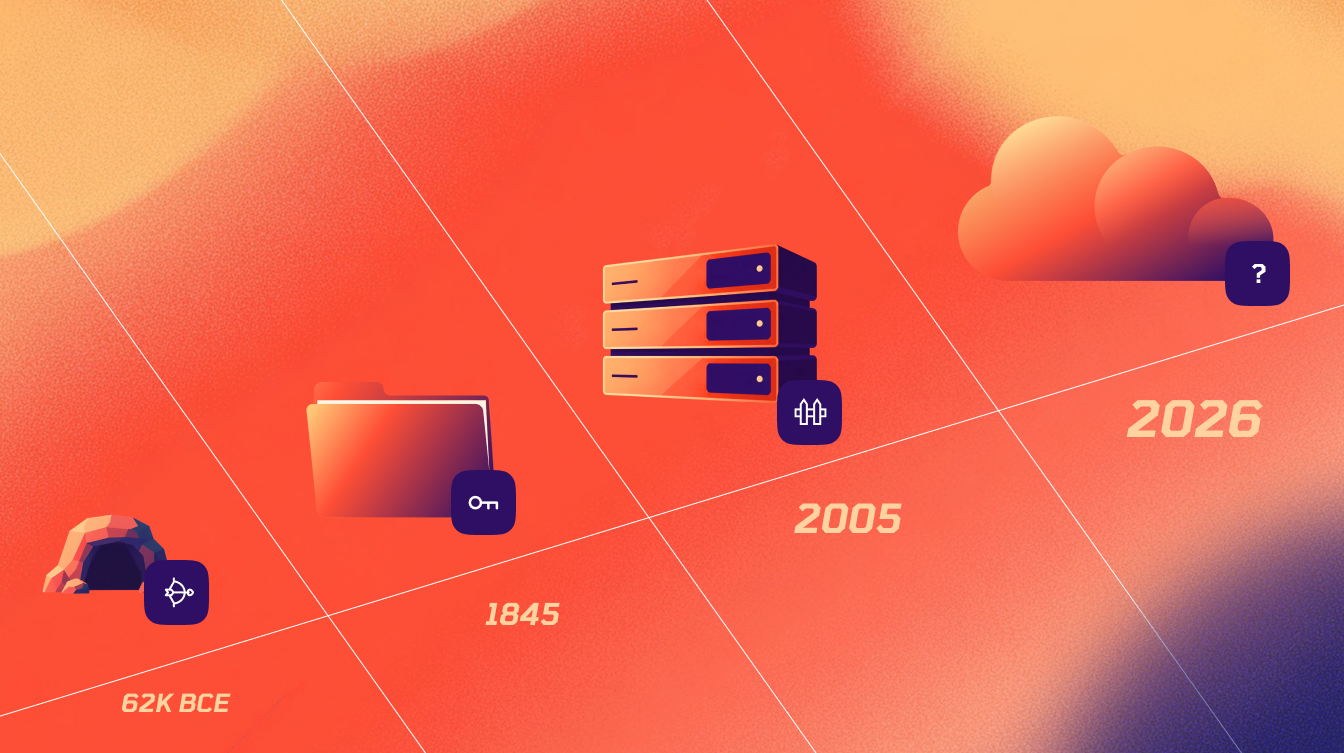From Defense Perimeter to Preemptive Cloud Defense: Rethinking Security Boundaries in the Cloud Era
Why perimeter security fails in cloud, and how preemptive defense prevents risk at scale

For decades, cybersecurity relied on a defined defense perimeter – firewalls, VPNs, and network boundaries separating the trusted from the untrusted.
But in today’s cloud era, that perimeter no longer exists. Organizations operate across multiple clouds, hybrid environments, and shared infrastructures where risks form faster than teams can react.
Why does perimeter-based security fail in the cloud, and how can Preemptive Cloud Defense eliminate risk before it becomes exploitable?
This blog explores that shift – from reactive protection at the edge to preemptive prevention across every cloud layer.
What was the traditional security perimeter?
In traditional IT environments, the perimeter worked like castle walls – fixed, physical, and predictable.
Firewalls, intrusion prevention systems, and endpoint controls kept threats outside the network.
Rules defined which systems could connect externally, how users authenticated, and where data could move. Once inside the perimeter, users and systems were considered safe.
This model worked when infrastructure was slow to change and mostly physical. Security meant keeping outsiders out and data in.
For that era, perimeter defense was enough.
Why perimeter-based defense fails in the cloud
Today’s cloud defense perimeter is not physical – it’s logical, adaptive, and multi-dimensional.
Each boundary in the cloud – identities, APIs, data flows, and configurations – forms its own perimeter, with its own risks and controls.
| Layer | What Defines the Perimeter | Typical Controls |
| Identity Perimeter | Users, service accounts, tokens, and roles | IAM policies, SSO, MFA, JIT access |
| Network Perimeter | VPCs, subnets, routing, private links | Cloud firewalls, security groups, ACLs |
| Application Perimeter | APIs, microservices, containers | API gateways, WAF, service meshes |
| Data Perimeter | How and where data can move | Encryption, DLP, access policies |
| Configuration Perimeter | Security baselines and guardrails | CSPM, IaC scanning, policy enforcement |
Each of these layers shifts constantly – redrawn with every deployment or configuration update.
In this environment, defending a fixed edge makes no sense. What matters is preemptively validating every change before it can introduce risk.
From Reactive to Preemptive Defense
The shift from perimeter defense to preemptive cloud defense represents a fundamental change in mindset.
Reactive defense assumes breaches will happen and focuses on containing them. Preemptive defense assumes risk is preventable – if addressed at its source.
When teams move to preemptive defense, they stop spending all their energy reacting to incidents. Instead, they fix the root causes that generate those incidents in the first place – misconfigurations, identity sprawl, and insecure defaults.
This change has a powerful effect: the less you react, the more time you have to build.
By continuously modeling and simulating risks before deployment, organizations eliminate large classes of risk before they ever reach production. This reduction in firefighting gives teams time to strengthen every layer of defense – from cloud identity and permissions to configuration baselines and workload design.
Preemptive defense doesn’t just prevent attacks — it transforms how security teams operate. Instead of burning resources on endless reaction, teams can finally focus on building a resilient cloud foundation and continuously adapting their strategy as technologies evolve. In a world where cloud moves fast, teams that stay reactive quickly fall behind and become a bottleneck for development.
The Evolution of Cloud Defense
| Era | Model | Philosophy |
| Legacy Security | Perimeter Defense | Build walls and block threats at the edge |
| Cloud Era | Zero Trust | Verify every identity and context, everywhere |
| Next Gen | Preemptive Defense | Prevent risks before exposure through continuous simulation and enforcement |
Preemptive Cloud Defense builds on Zero Trust but extends it across the entire lifecycle of the cloud environment. It moves prevention earlier – to design, configuration, and change management – ensuring that vulnerabilities are addressed before they can be exploited.
What’s next for cloud security leaders?
Perimeter defense remains necessary, but it can no longer define security strategy.
The cloud perimeter is too fluid, too complex, and too dependent on shared infrastructure to be fully controlled.
As attacks grow more intelligent and more automated, it’s only a matter of time before every perimeter is tested – and breached.
Preemptive Cloud Defense is how organizations break free from this cycle. By preventing risks at their source and automating continuous validation, teams stop wasting time reacting and start investing in long-term resilience.
This strategic shift creates time, focus, and capacity to build deeply secure environments across every layer – not just the edge.

